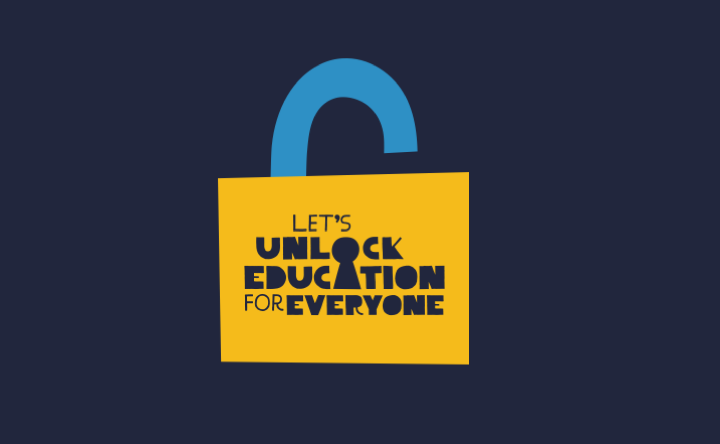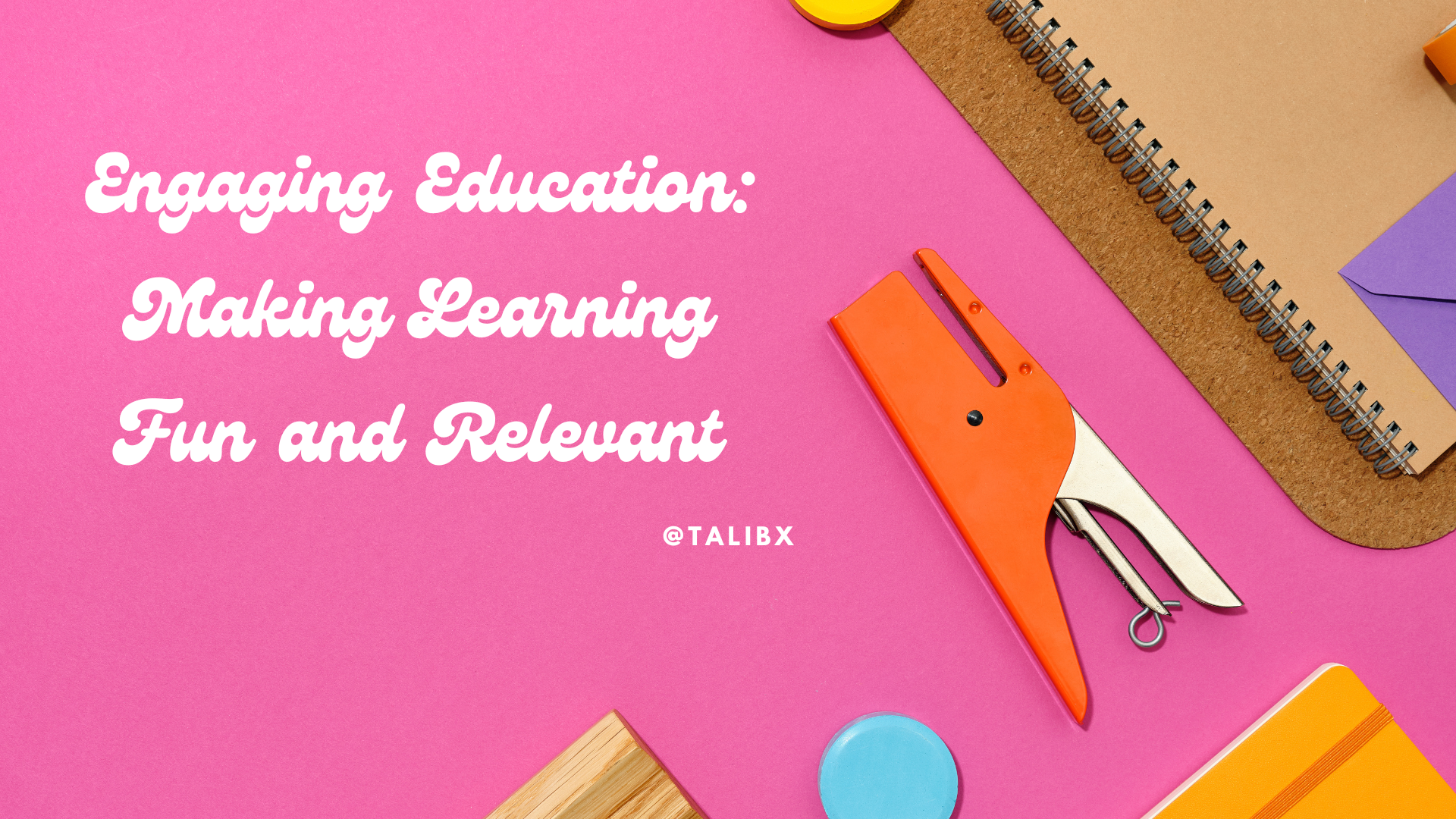Pedagogy is the science and art of teaching. Effective pedagogy is essential for creating engaging and effective learning experiences for students. As teachers, it is important to be familiar with a variety of teaching strategies and techniques, such as differentiated instruction, project-based learning, and active learning. In this article, we will explore these different approaches to pedagogy and provide real-world examples of how they can be used in the classroom.
Differentiated Instruction
Differentiated instruction is an approach to teaching that recognizes that students have different learning styles, abilities, and interests. The goal of differentiated instruction is to provide a variety of learning experiences that allow students to access and engage with the curriculum in ways that work for them.
One example of differentiated instruction is providing different reading materials at varying levels for students. For example, if a class is reading a novel, a teacher might provide the same story at different reading levels. This allows students to engage with the material in a way that is challenging but not frustrating, and allows them to build their skills at their own pace.
Project-Based Learning
Project-based learning is an approach to teaching that emphasizes hands-on, experiential learning. It involves students working on a project or problem over an extended period of time, with the goal of developing deeper knowledge and skills.
An example of project-based learning would be to have students design and build a model of a sustainable house. This would involve researching sustainable building practices, designing a model, and then building it using a variety of materials. Along the way, students would develop skills in research, design, problem-solving, and collaboration.
Active Learning
Active learning is an approach to teaching that emphasizes student engagement and participation. It involves students actively participating in the learning process, rather than passively receiving information.
One example of active learning is to use group discussions to explore a topic. Instead of lecturing on a topic, a teacher might ask students to discuss the topic in small groups. This allows students to actively engage with the material, ask questions, and explore different perspectives. This can lead to a deeper understanding of the material and can help students develop critical thinking and communication skills.
Flipped Classroom
The flipped classroom is an approach to teaching that involves students watching videos or reading materials at home, and then coming to class to engage in hands-on, collaborative learning activities.
One example of the flipped classroom is to assign a video or reading on a topic, and then have students come to class to work on a collaborative project related to the topic. This allows students to access the material at their own pace, and then engage with it in a meaningful way in the classroom.
Inquiry-Based Learning
Inquiry-based learning is an approach to teaching that involves students exploring questions and problems in a self-directed way. The goal is to foster curiosity and a love of learning, and to develop critical thinking and problem-solving skills.
An example of inquiry-based learning would be to ask students to explore a topic related to aunit of study, and then develop their own questions to guide their exploration. This might involve researching a topic, conducting experiments, or interviewing experts. Along the way, students would develop skills in research, critical thinking, problem-solving, and communication.
Why is Pedagogy Important?
Pedagogy is important because it allows teachers to create effective and engaging learning experiences for students. By using a variety of teaching strategies and techniques, teachers can meet the needs of diverse learners and help them develop the skills and knowledge they need to succeed.
Pedagogy is also important because it helps students become active and engaged learners. When students are actively engaged in the learning process, they are more likely to develop a love of learning and the skills they need to succeed in school and beyond.
In conclusion, pedagogy is an essential aspect of effective teaching. By using a variety of teaching strategies and techniques, such as differentiated instruction, project-based learning, and active learning, teachers can create engaging and effective learning experiences for students. By fostering a love of learning and helping students develop critical thinking and problem-solving skills, pedagogy can help students succeed in school and beyond.




